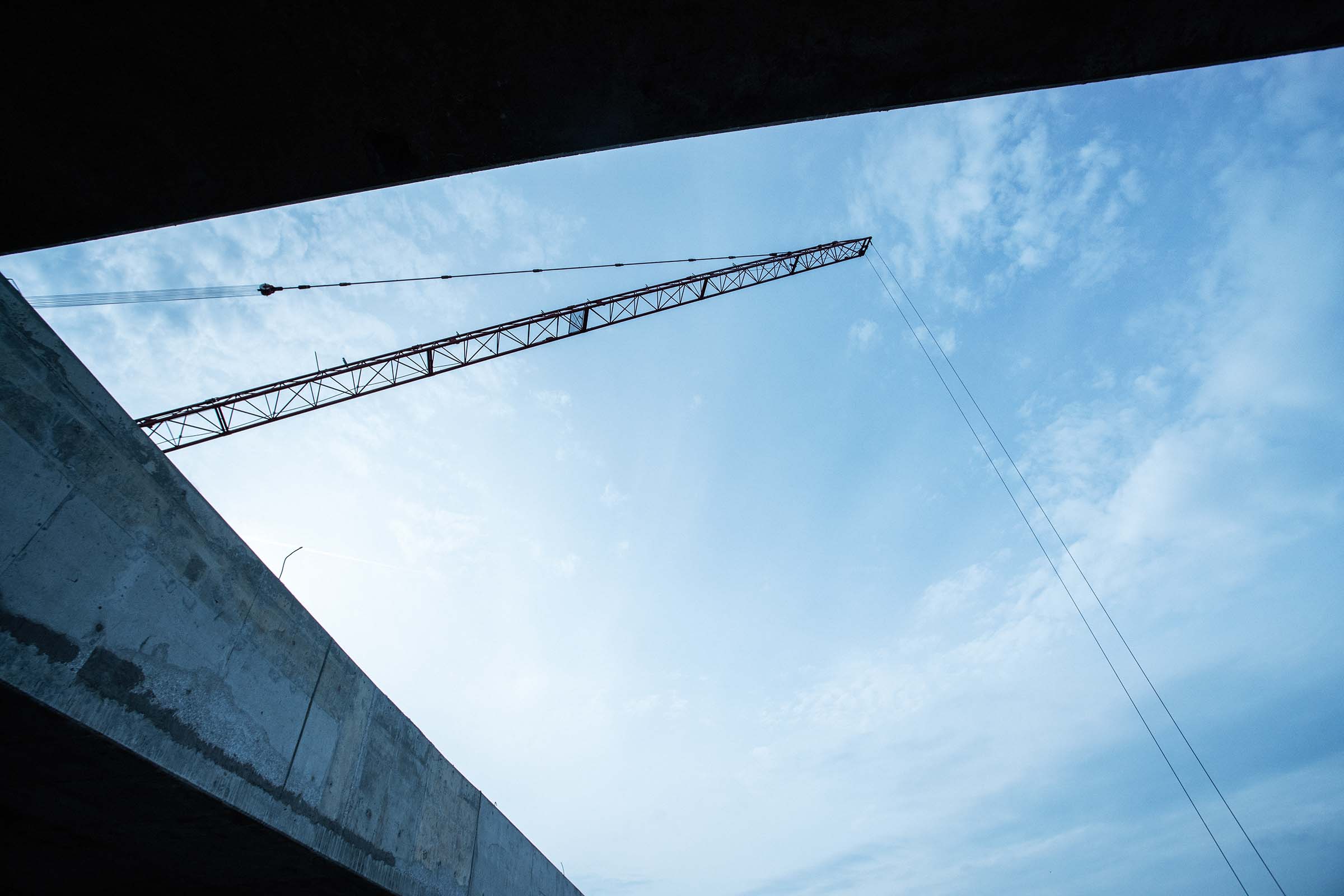
A few months ago we wrote about the challenges and rewards of historical renovation. This month I want to discuss another current trend in real estate development, adaptive reuse.
The two topics are often interwoven, but have different purposes. While historical renovation focuses on protecting a structure’s historical significance and restoring it to its former glory, adaptive reuse projects typically take an unoccupied or underdeveloped piece of property and repurpose it for an entirely different use than originally designed. Some of the best mixed use developments of the last decade have been adaptive reuse projects: Chelsea Market (New York City), Ponce City Market (Atlanta), Seaholm District (Austin, TX), and, still in process, The Main Post Office (Chicago).
A well planned adaptive reuse project can be cost effective. Finding buildings with good structure and reusing as much as possible can offset rising construction costs. Adaptive reuse is also the most sustainable form of design and construction.
Adaptive reuse projects can be economic catalysts, reenergizing abandoned industrial or office spaces into vibrant assets for the city and community. They often create new types of jobs, provide creative spaces where startup companies thrive, and often bring new tax revenue to cities, including tourism dollars, as they provide unique experiences for visitors.
Adaptive reuse projects preserve the history of the neighborhood. The unique qualities of the original properties provide interesting and unusual spaces. These kinds of projects can activate abandoned areas with minimal investment, all while maintaining the charm of the area.
If you’re thinking about an adaptive reuse project, here are a few tips we share with our clients:
- Find a contractor that understands both the original construction and the final use of the project and bring them on as early as possible.
- Invest on the front end to coordinate design and existing conditions by getting everyone together early on in the process. You can save money other ways, for instance, by implementing technology and laser scanning the current structure or using BIM to determine conflicts in design.
- Study all available tax benefits. Historic preservation credits, new market tax credits, and city sales tax abatements can help save some money.
I like adaptive reuse projects because they have infinite possibilities: turning a former steam plant into a dining, retail, and entertainment center; transforming a coffee company turned hair salon into luxury apartments; or giving an old port authority building second life as a trendy new hotel. The idea that you can repurpose something and bring it new life is exciting and the best way to bring our downtown areas back to life.

